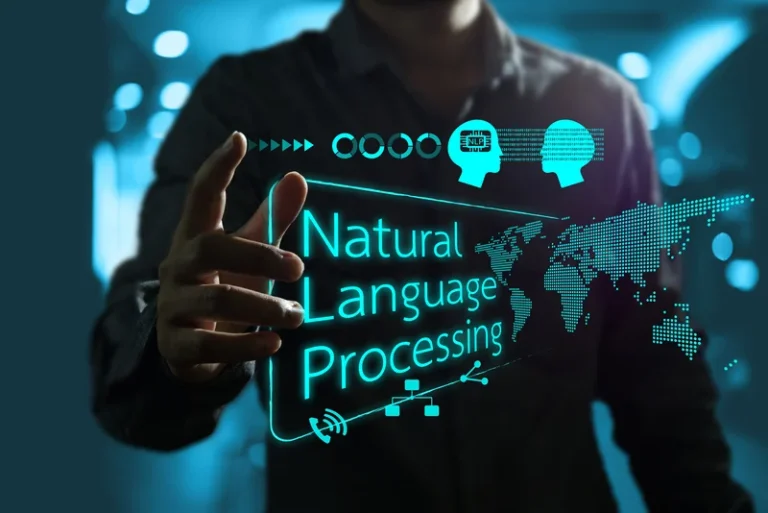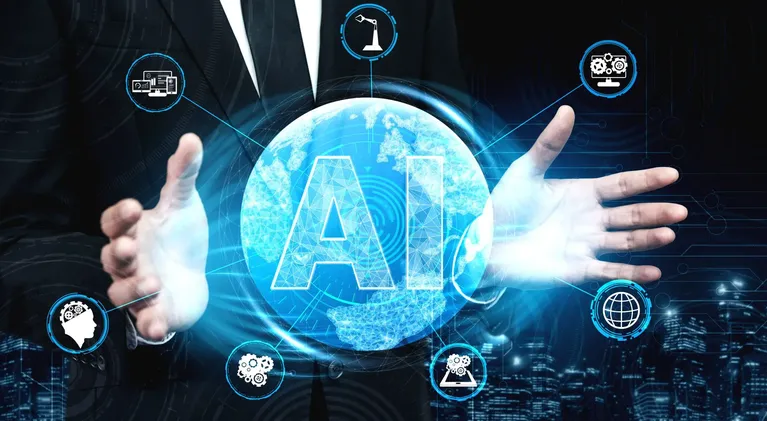Cell edge computing permits users to consume purposes as services, making it easier for customers to access low latency functions without deploying hardware in their networks. In a distributed enterprise setting with many department areas, computing resources can be shared among the many branches to drive economies of scale and simplify administration. In this mannequin, as a substitute of deploying edge computing instances in every location, the sting computing resources could be carried out in a shared website connected to the enterprise network. In this mannequin, the capability and capabilities are typically much larger and can be utilized for applications that require extra processing energy and resources. If you might have been on the lookout for a definite reply on which one is healthier, edge computing vs. cloud computing, it’s not attainable to choose a winner here. Both edge and cloud computing have their advantages and downsides in the context of IoT, so every little thing is dependent upon your business needs and requirements.
This proximity to information sources not solely accelerates response times, nevertheless it also reduces the need for extensive knowledge transmission, saving bandwidth and lowering prices. This article has explored the quite a few advantages and sensible use circumstances of edge computing. Processing knowledge nearer to the origin or supply enhances efficiency, reduces latency, and improves security. These advantages make it an important expertise for numerous industries, from healthcare to manufacturing, where real-time information evaluation is critical for decision-making and operational efficiency.
Enterprises are currently utilizing LLMs for buyer support and chatbots, inside data retrieval and search, content era and marketing, coding automation and enterprise intelligence. However, with AI reasoning, LLMs can help firms with context-aware suggestions, data insights, process optimizations, compliance and strategic planning. One estimated that the output of a single software engineer has already risen by 10 occasions or extra. Amongst the earliest industries to fully edge computing definition harness tailor-made AI to do tenfold work could also be biotechnology, for medical trials and regulatory submissions, and legislation, for AI-powered paralegal work.
When comparing cloud vs edge computing, it can be useful to remember that they are not interchangeable technologies. In other words, it is unlikely that a corporation would change from one type of computing to the other except the sort of data it’s managing has modified. Cloud computing is a backbone for content streaming platforms like Netflix and YouTube, which require the power to serve large-scale multimedia content globally. The cloud’s vast storage assets and processing power enable these platforms to deliver high-quality streaming experiences to tens of millions of users simultaneously. On the other hand, edge computing is built on a distributed infrastructure, using native processing nodes that convey computation closer to the data supply. This decentralized structure reduces the necessity for information to travel lengthy distances, enhancing the velocity and responsiveness of functions.
However, this model can pressure community bandwidth, especially when transmitting large volumes of information. To additional perceive the advantages of cell edge computing, we will use latency as a benchmark and review how it influences the 5 C’s of latency (connection, closeness, capability, contention, and consistency). Capability is another essential differentiator against many of the other edge computing models. With the power to host numerous compute cases such as Graphical Processing Items, the mobile edge provides a scalable edge infrastructure. By processing and filtering many requests proper on the mobile edge, the mobile edge can scale back the rivalry on the backend servers. Bypassing the web and providing a shorter direct path also influences the consistency of the experience.

Cloud Edge
Edge containers are situated at the edge of a community, closer to the data supply, whereas cloud containers function in an information center. These hybrid eventualities reveal how edge and cloud computing can work collectively to ship comprehensive options that meet various enterprise needs. Industries similar to finance and healthcare rely on cloud computing for big knowledge analytics. By harnessing the cloud’s computational resources, these sectors can analyze giant datasets and derive AI-driven insights, enabling informed decision-making and strategic planning.

Security Concerns:
Edge computing is the follow of moving compute power bodily closer to the place information is generated, normally an Web of Things device or sensor. Named for the way compute power is delivered to the edge of the community or device, edge computing allows for faster data processing, increased bandwidth and ensured data sovereignty. What actually units Dell NativeEdge apart is its orchestration and automation capabilities with NativeEdge Blueprints. These pre-defined templates automate software deployments on the edge, enabling real-time data processing for low-latency functions like predictive analytics or AI inferencing. Edge computing is a distributed IT structure where the computing operations happen close to the data source.
We’ll clarify what edge AI is, how it could be used in conjunction with cloud computing, and where technology could also be headed subsequent. Cloud computing and edge synthetic https://www.globalcloudteam.com/ intelligence (AI) are converging shortly to alter the face of IT environments and what companies can accomplish. They depend on sensors and cameras located throughout the car to gather data and make choices about how to navigate and operate the car. There are several forms of fog computing, together with client-based, server-based, and hybrid fog computing. It makes use of small clusters of processors near where information is captured or generated to make sure it doesn’t get lost by way of a number of servers. In the context of computing, deployment refers to the installation or launch of a model new system.

This proximity allows for quicker response instances and quick knowledge analysis, essential for many real-time functions. Cloud computing has turn out to be a cornerstone of many businesses’ IT infrastructures, offering a flexible and efficient means for them to store, handle, and course of knowledge remotely. Before delving into its mechanisms and benefits, a definition of what cloud computing is shall be useful. In Contrast To Cloud AI, Edge AI operates regionally, allowing it to operate even with intermittent or no web access, because it processes information instantly on the system. In distinction, Cloud AI often requires a stable internet connection for knowledge transmission, real-time inference, and model updates.
With cloud computing, including extra storage, computing energy, or bandwidth can be carried out in a matter of minutes, providing virtually unlimited scalability without requiring bodily hardware. For example, in smart city functions, edge gadgets process and respond to real-time knowledge to optimize visitors Data Mesh flow. At the same time, cloud techniques manage broad-scale analytics and software updates that improve system-wide traffic management.
Let us begin with the physical location of the computing useful resource as the reference point. In that case, a variety of the normal edge varieties embrace sensor edge, system edge, router edge, branch edge, local area community edge, enterprise edge, datacenter edge, cloud edge, and mobile edge. Nonetheless, if the relative distance is used, you will likely hear qualifiers such as near-edge or far-edge. If the reference relies on capabilities and capacities, you can define it as thin-edge, thick-edge, micro-edge, and intelligent-edge. Presently, there are greater than 15 billion IoT-connected gadgets worldwide, and this quantity is anticipated to reach 29.42 billion by 2030.
- Edge computing goals to attain low latency by ensuring proximity between data processing resources and knowledge sources.
- Edge computing offers enhanced knowledge privacy by processing information locally on the device, reducing the publicity of delicate data to exterior networks.
- Moreover, rising organizations with many members requiring access to IT assets can benefit from the collaborative nature of cloud technology.
- Edge computing provides real-time information much closer to the asset, implying less dependency on high-quality connectivity to a centralized cloud.
- Cloud computing, which relies on information facilities which could be geographically distant from the consumer, can introduce delays in information transmission and processing.
Sensors embedded in machines acquire data, and edge gadgets course of this info to supply instant feedback. Self-driving vehicles have sensors, cameras, and radar systems that acquire data about their surroundings. This information must be processed in real-time to make sure safety and environment friendly navigation. By using edge computing, the vehicle can process this sensor knowledge domestically, avoiding the delays that would happen by sending it to a distant cloud server. Edge computing is a distributed computing framework that processes and shops data nearer to the units that generate it and the customers that eat it.
Compared to the other two models, edge computing processes knowledge at the edge nodes instead of a central cloud. Edge computing aims to unravel issues like latency and bandwidth limitations by proposing a brand new means of approaching knowledge processing and storage. For occasion, in healthcare, edge units can monitor patient important indicators in real-time during surgical procedure to supply instant data to medical professionals. At the same time, cloud methods can analyze long-term affected person knowledge developments to improve overall methods and outcomes. Edge deployment entails managing multiple physical devices at various places, making large-scale implementations more complicated.
